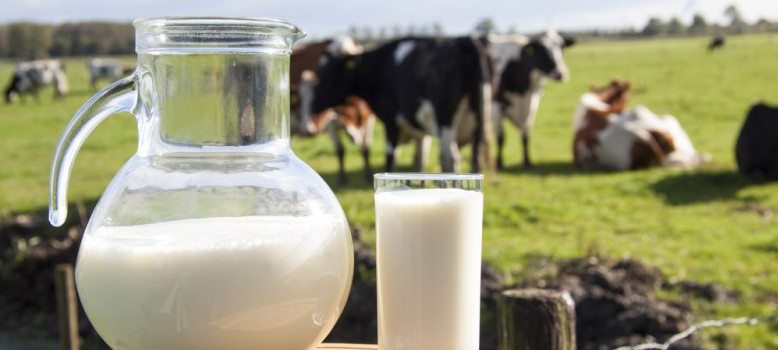Rise in Milk Price Critical for the Liquid Milk Sector – IFA

IFA Liquid Milk Chair Keith O’Boyle said that the price of fresh milk on supermarket shelves must be restored to the price level that existed in April 2023.
“Retailers engaged in unjustified price cutting, which saw the price per litre reduce by 5 cent in late April 2023 and another 5 cent per litre reduction in June 2023,” Keith O’Boyle said.
“This combined 10 cent per litre must be restored immediately and passed back through the supply chain, directly to the farmers who produce liquid milk. It’s absolutely necessary to secure the supply of fresh Irish milk into the future,” he said.
“Poor weather conditions compounded by high production costs have exposed the vulnerability of the fresh milk sector which is now at a critical juncture. If we don’t get an increase, the supply of liquid milk will continue to contract.”
“We cannot let this trend continue to a point when the supply of fresh milk is jeopardised in Ireland. Our sector will simply disappear,” the IFA National Liquid Milk Chair said.
The number of farmers who supply fresh milk to the retail market has fallen consecutively every year (cumulative reduction of 60%) since 2002 with the sector now supplied by only 1,286 suppliers. It is expected that the number will continue to decline.
“The cost of producing fresh milk all year round is considerably higher than seasonal milk production so when farmers are faced with falling incomes and increased regulation, they are being forced to take out their year-round milk production systems,” Keith O’Boyle said.
“Up to now, increased herd sizes and increased yields per cow have sustained supply despite falling numbers of suppliers, but we have reached the end of the road. Without an increase in the retail price of milk we can no longer afford to continue with a year-round milk production model.”
“If the retail sector is serious about sustainability, they must recognise that locally-produced fresh milk, and those farmers contracted 365 days of the year to produce this high quality fresh milk, need to have their costs of production fully accounted for by the food supply chain,” he concluded.


